[NIKON D4, 120.0-300.0 mm f/2.8, Mode = Aperture Priority, ISO 12800, 1/1250, ƒ/5.6, (35mm = 270)]

Before you snap a photo like this, you must set your camera to the proper settings.
3 Settings: Exposure, Focus, & Motor Drive
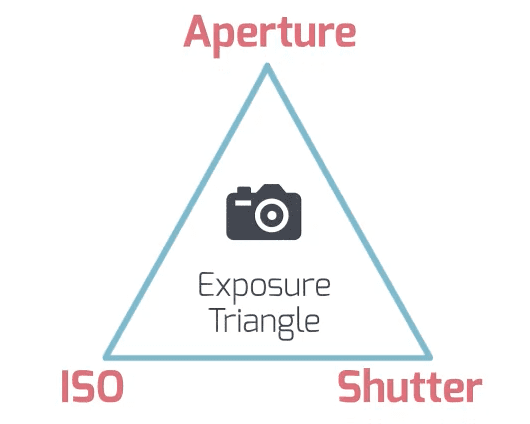
EXPOSURE
Cameras today let you automate the exposure settings and concentrate on getting the moment.
You can put the camera into Manual mode, where you pick the Aperture, Shutter Speed & ISO. But first, I want to tell you why you want to choose specific settings.
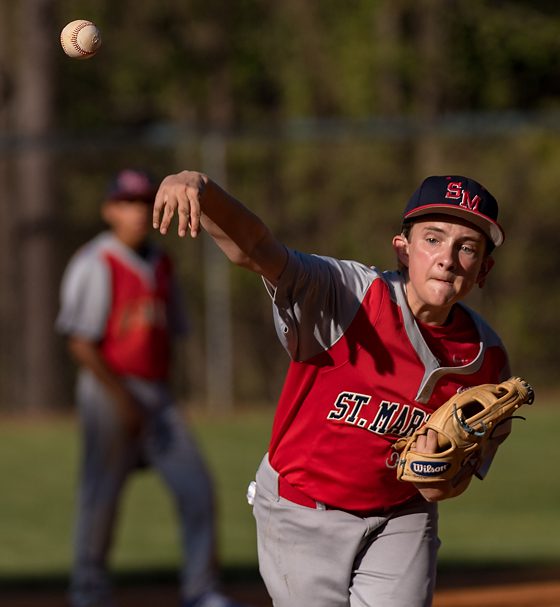
First, you must freeze the moment for most of your sports photos, so I recommend shooting as fast as you can—1/4000th of a second. Of course, there are lighting situations that will not let you get that fast, but you must remember that shooting as quickly as possible is the priority.
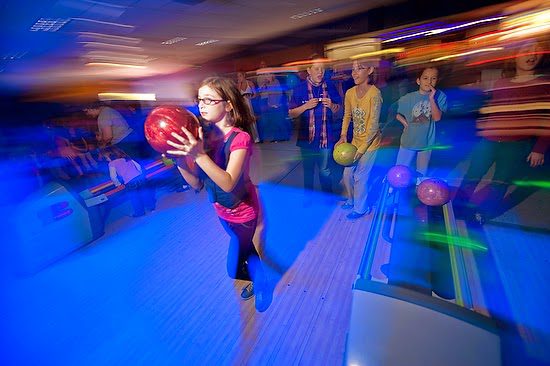
Use a slow shutter speed only if you want to show the blur.

Second, choose a shallow depth of field to clean up the background by throwing it out of focus. Yes, there are moments when you may want a lot of depth of field, but this is the norm for most sports photos.

Third, too many people are concerned about a high ISO’s poor image. If you are shooting in daylight, this is not a concern with cameras made in the last couple of years. Take a look at the baseball player. Note the setting for ISO 1000.
What is essential is a sharp photo and focus more than if there is any noise in the image. You can live with noise more than with out-of-focus or blurred images.
The last thing I recommend if you have it is to turn on the VR [Vibration Reduction], often called OS [Optical Stabilization], which will help minimize the effects of your body movement on the image.
FOCUS
With today’s cameras, you can get many more in-focus cameras with autofocus than we could use manual focus.
First, set your camera to continuous autofocus rather than singular. The constant focus will keep the camera focused as long as you are keeping the camera active. The default setting for cameras is to push the shutter release halfway down. The back focus button activates your focus but doesn’t take the picture.

Many cameras offer a second button on the back that your right thumb can push. This way, you can enter the menu and separate the focus from the shutter release. You press the back button with your thumb, keep it held, and follow the action. Then, press the shutter release with your index finger when you want to take a photo. Using these settings will increase the probability of in-focus images.
I highly recommend getting out your camera and studying the Auto Focus section. Each camera is different from all other cameras and valid even if you own the same brand name.
Also, search the Internet by putting in your camera and looking for videos in which someone has already studied the camera and discovered the advantages of specific settings.
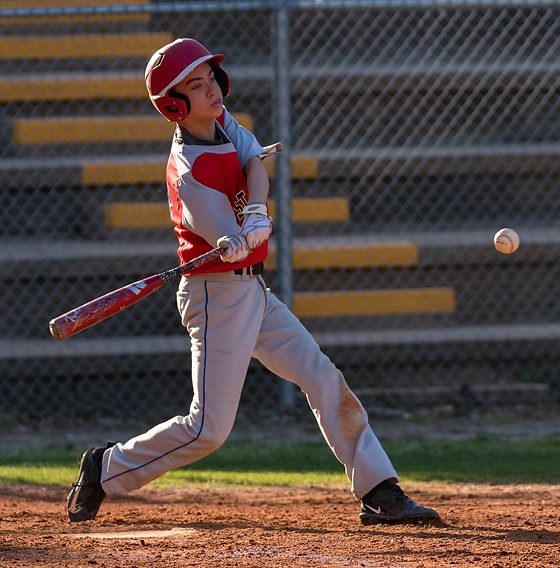
Motor Drive
You want to set the camera to take more than one photo when you press and squeeze the shutter release. I recommend going to the highest frame rate. After that, your camera will let you shoot.
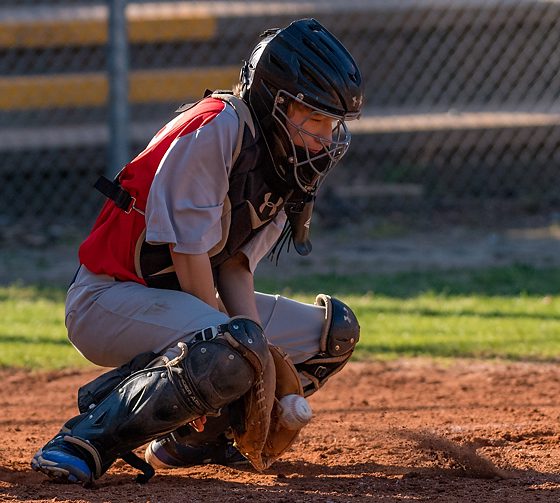
Learn to anticipate and push the button milliseconds before the moment and hold the shutter to capture two or three frames. This way, you may get the ball popping out of the glove, changing the play from safe to out.
Don’t just keep the shutter pressed all the time. First of all, you will find the camera will stop firing. The camera must write those images to your media card, and you will miss better moments because you cannot take photos.
For those who own the Nikon D4, here are my settings for that camera for shooting sports. Next, here are the settings for the Nikon D5. Finally, here are my latest sports settings for the Nikon Z9.






